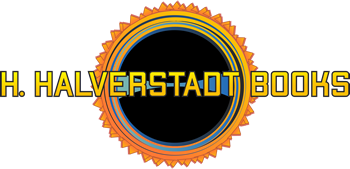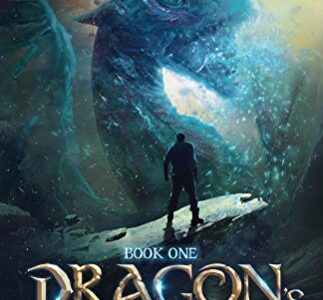4 stars ⭐⭐⭐⭐
For generations, the village of Woolpren has lived in peace, building its way of life upon the symbiosis of humans and dragons. The dream of every child is to become a dragon rider. At the age of ten winters, Ruskya and his twin sister Duskya found their wildest hopes fulfilled. Now, trained by their mentor Glendyn, they protect the village as members of ancient order, each one bonded to the dragon that chose them.
The dream of every child is to become a dragon rider.
Yet there is something different about these twins, an elusive secret somehow tied to the father they never knew. How is this connected to the steadily declining numbers of dragon hatchlings? What are these whispers of a dark, mysterious presence to the south? What has suddenly brought about the unthinkable: and dragon – and rider – that hunts its own?
The twins must now learn the secret of their own family’s past. It will be the key to securing the future both of dragonkind and the humans who depend upon them…
Dragon’s Future is a middle-grade fantasy novel somewhat similar to the “sword and sorcery” genre, though genuinely “magical” elements are minimal. The setting is a village mountain community in an unnamed fantasy world. The society is an essentially simple one where leadership is inherently voluntary and decentralized in a way unfeasible in a more complex civilization. The village lives under the protection of an order of “dragon riders” who seem to function as a cross between peacekeepers, warriors, and game hunters.
The story starts off with a straightforward prologue when both protagonists are ten “winters” (years old), describing how both were chosen by their dragons at a special ceremony. From that point up until the epilogue, we see them at age 25 as full-fledged dragon riders. There are several action sequences, but the plot is heavily centered around the characters and their personal relationships. The theme of “bonds” is particularly prominent – bonds between siblings, parents and children, and riders and dragons form the basis for much of the storyline. This can make the book a slow read at times, but helps avoid a preachy or didactic tone that is often associated with Christian or Christian-written fiction. The book’s “message” as it exists, is entirely a function of the characters and their choices.
Another theme that shows up is the opposition between two different approaches to the vocation of “dragon rider”: control by force and coercion vs. an equal relationship of mutual service. By extension, this is also illustrated between two competing human groups in which dragon riders are the natural leaders. While I would consider this book “fiction written by a Christian” rather than “Christian Fiction” (it contains no spiritual or theological references), this is clearly a parallel to biblical “servant leadership”.
One element I found particularly interesting was the portrayal of dragons as courageous yet inherently peaceful beings. The main conflict stems from what virtually all the characters regard as unthinkable: a dragon – and its rider – exercising violence towards humans. How could a dragon do this? This is almost a complete reversal of the traditional literary symbol, and the story becomes all the more original for doing so.
One element I found particularly interesting was the portrayal of dragons as courageous yet inherently peaceful beings.
The book also makes extensive use of unexpected revelations, with unknown facts being discovered about multiple characters. These generally work well for the story, though some could perhaps be more drawn out for dramatic purposes. The characters also use elevated, somewhat archaically formal dialogue, which fits well with their setting (one criticism I have is that we still run across modern terms such “okay”, which can feel misplaced in this context).
All in all, I would recommend Dragon’s Future to anyone who enjoys a fresh take on Dragon lore and a story about familial ties. A nice addition to anyone’s middle grade fiction library and a promising start by an indie author.
Content Ratings:
Heat: One mention in passing of a female Dragon being forcibly bred – she herself does not think much of it and only her human rider reacts.
Profanity: None. The closest thing is characters taking vows and/or oaths “by my dragon.”
Violence: Minimal. There are multiple battle scenes and references to characters being burned or wounded, but none of it is described in gratuitous detail.
Genre: Fantasy
Age recommendation: 10 and up.
Availability: This book is available on Amazon.
Reviewed by A.K. Preston
A.K. Preston is the author of The Gevaudan Project, and has published short stories in The Unseen Anthology and The Untold Podcast (to be released sometime this year). You can find him at his website, AKPreston.com. In his spare time, he likes to read classic literature, history, and speculative fiction of all types.




Leave a Reply